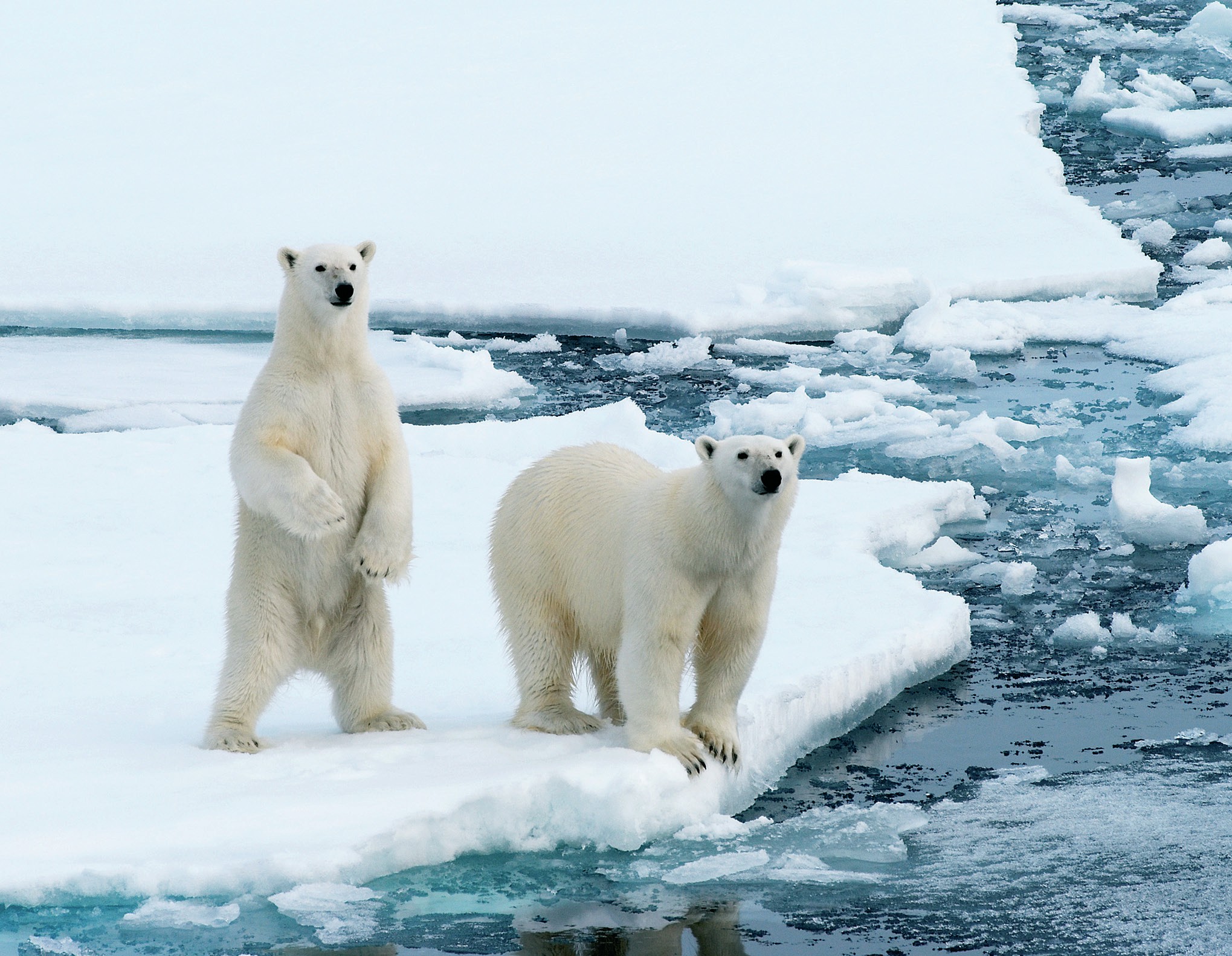
S cientists predict that the Arctic Ocean will be completely free of sea ice by the middle of the century. Perennial sea ice, that is, sea ice that remains all year round, is declining at the alarming rate of 9% per decade. We know that the sea ice in the Arctic has been in retreat for some decades and that the ice has been getting thinner. The lowest extent of the sea ice ever recorded was in summer 2012.
In 2007 the sea lanes around the north of Canada, known as the Northwest Passage, and those around the north of Russia, the Northeast Passage (the Northern Sea Route), were free of ice for the first time in recorded history. For centuries people tried to find these sea routes through the ice and many perished in attempts to break through them. In the summer of 2012 a Chinese ship, the Xuelong (Snow Dragon), sailed from the Pacific to the Atlantic Ocean by the Arctic route. This is 40% shorter than the normal route, around the south of China and India and up through the Red Sea. One study suggests that both the Northeast and Northwest routes will be open each summer within the next decade.
Your organisation does not have access to this article.
Sign up today to give your students the edge they need to achieve their best grades with subject expertise
Subscribe




